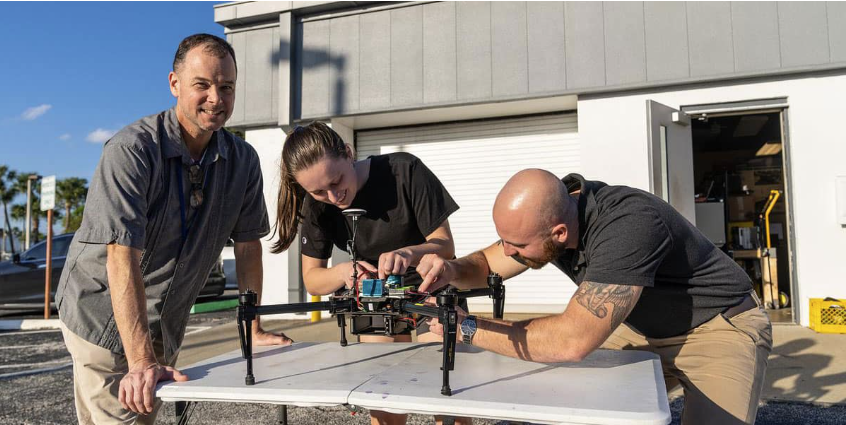Document Type
Article
Publication/Presentation Date
2012
Abstract/Description
A left ventricular assist device (LVAD) is a mechanical pump that helps patients with a heart failure (HF) condition. This pump works in parallel to the ailing heart and provides a continuous flow from the weak left ventricle to the ascending aorta. The current supplied to the pump motor controls the flow of blood. A new feedback control system is developed to automatically adjust the pump motor current to provide the blood flow required by the level of activity of the patient. The systemic vascular resistance (RS) is the only undeterministic variable parameter in a patient-specific model and also a key value that expresses the level of activity of the patient. The rest of the parameters are constants for a patient-specific model. To determine the level of activity of the patient, an inverse problem approach is followed. The output data (pump flow) are observed and using an optimized search technique, the best model to describe such output is selected. Furthermore, the estimated RS is used in another patient-specific cardiovascular model that assumes a healthy heart, to determine the blood flow demand. Once the physiological demand is established, the current supplied to the pump motor of the LVAD can be adjusted to achieve the desired blood flow through the cardiovascular system. This process can be performed automatically in a real-time basis using information that is readily available and thus rendering a high degree of applicability. Results from simulated data show that the feedback control system is fast and very stable.
Publication Title
Inverse Problems in Science and Engineering
Required Publisher’s Statement
On author's personal website or departmental website immediately//On institutional repository or subject-based repository after either 12 months embargo//Publisher's version/PDF cannot be used.
Scholarly Commons Citation
Faragallah, G., Wan, Y., Divo, E., & Simaan, M. (2012). A New Control System for Left Ventricular Assist Devices Based on Patient-specific Physiological Demand. Inverse Problems in Science and Engineering, 20(5-6). Retrieved from https://commons.erau.edu/db-mechanical-engineering/22

